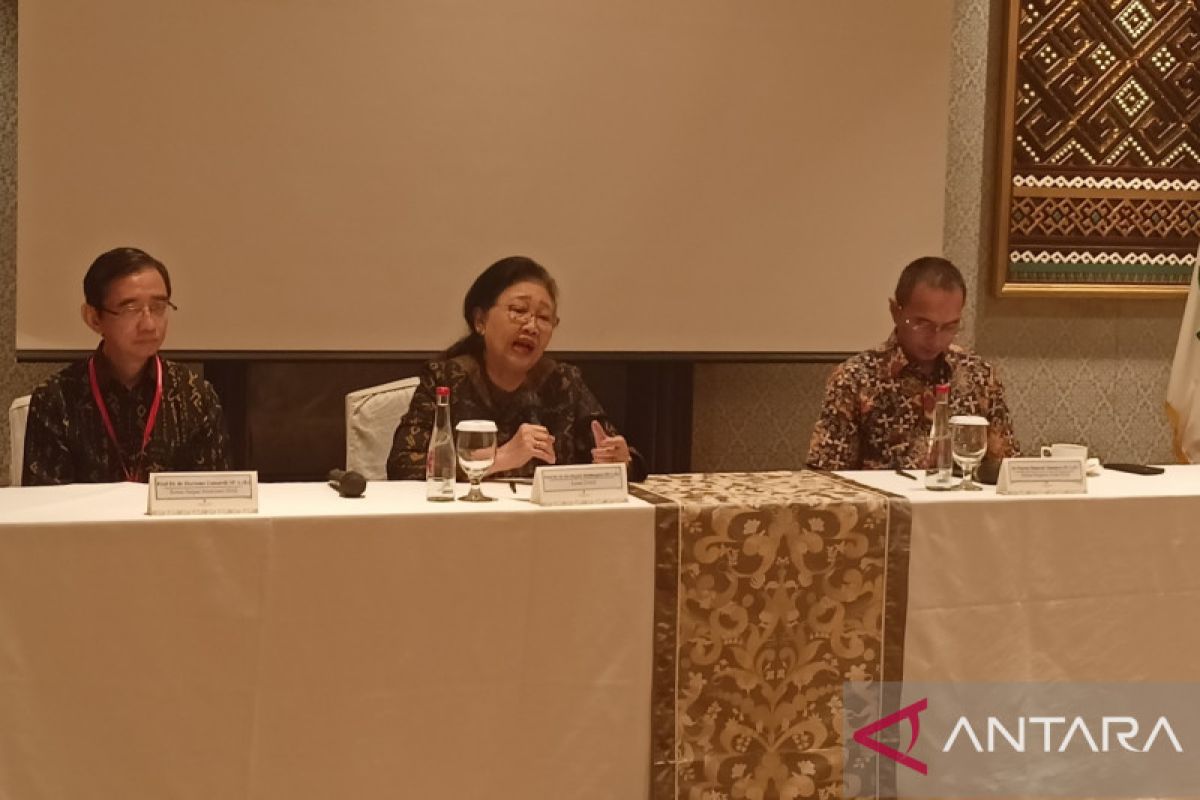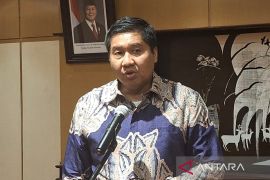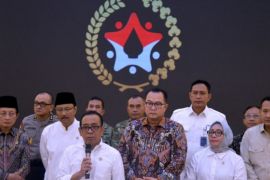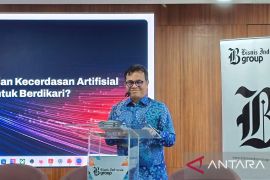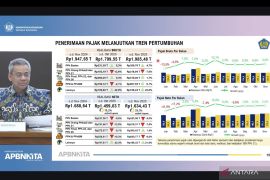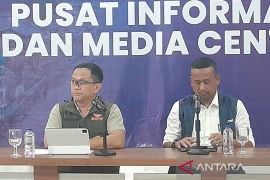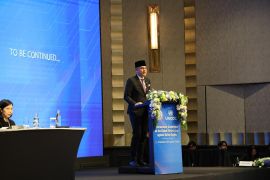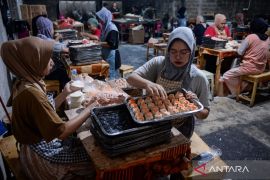"Double immunization means that two different vaccines from different packaging are given at the same time. For example, the IPV polio vaccine can be administered on the right thigh and the DPT-HB-HIB vaccine on the left thigh," Hadinegoro informed here on Monday.
She said that double immunization allows a child to catch up with the required vaccinations. The method is not new as it has been implemented in several countries, she added.
In Indonesia, the double immunization program was piloted in Yogyakarta in 2012. The same program was also conducted in West Nusa Tenggara and Bangka Belitung provinces.
Residents in those regions responded positively to the double immunization method, the chairperson said.
"We saw that the regions received the approach well, and the Health Ministry decided to implement it nationwide," Hadinegoro added.
Meanwhile, the ITAGI chairperson pointed out that adverse events following immunization (AEFI) that might involve the recipients of multiple vaccines are no different than for those receiving a single vaccine dose at a time.
She also urged stakeholders to optimize the dissemination of the double immunization method to ensure that efforts to tackle delayed vaccinations among children can be made optimal.
"This is something new in Indonesia, so it should be disseminated. Double immunization is safe, and its AEFI does not increase," Hadinegoro said.
Besides double immunization, another approach to increase vaccinations among children is the use of combined vaccinations, wherein a vaccine consisting of a mixture of several disease-causing antigens is administered in one single shot, she added.
Related news: Ministry urges parents to complete children's basic immunization
Related news: Ministry awaits results of audit into infant's death after vaccination
Translator: Fath Putra Mulya, Nabil Ihsan
Editor: Anton Santoso
Copyright © ANTARA 2023
